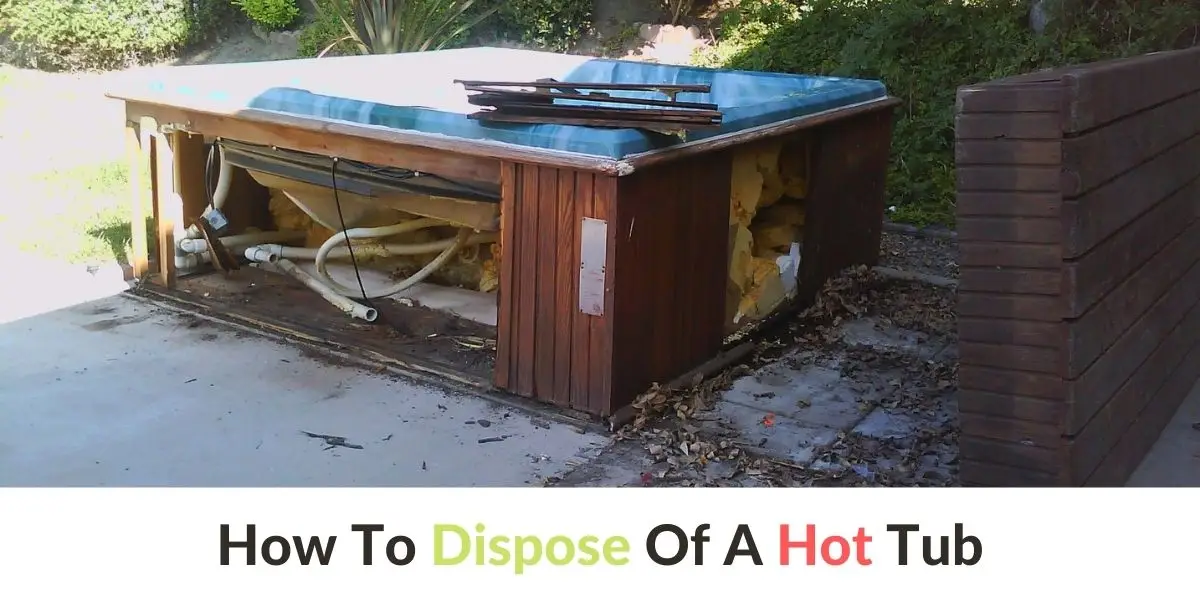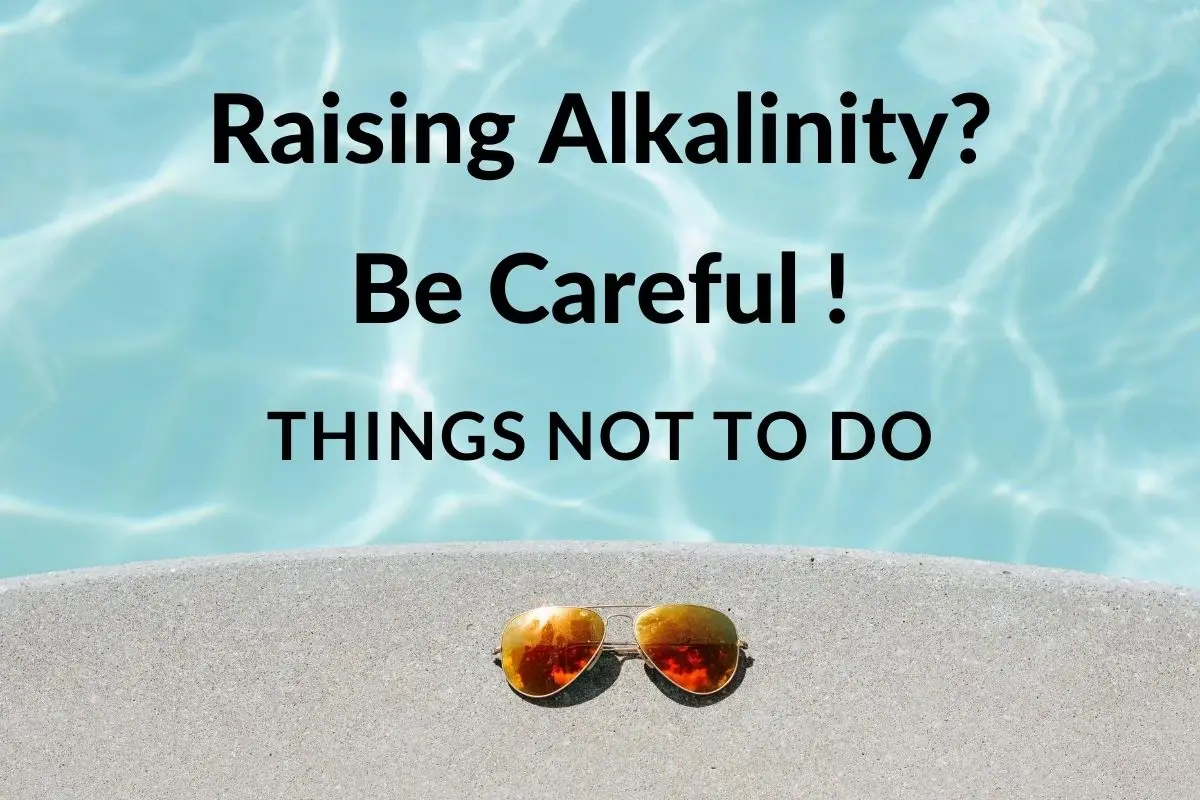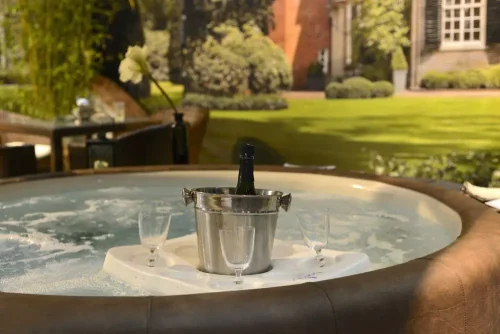Are Hot Tubs Environmentally Friendly?
Original versions of hot tubs in the past were a luxury, expensive and difficult to maintain product that was not altogether environmentally friendly. However, those days have quickly passed and the ones that are being produced recently have a far more environmentally friendly attitude than the traditional ones. Modern hot tubs are mostly made up of recyclable materials and consume significantly less power than the older models, as well as reducing fresh water consumption.
A combination of advanced, sophisticated technology and a rapidly developing, growing market, oriented toward eco-friendly products has created a new generation of hot tubs. They are made from cutting-edge design, have a wide range of accessories and are environmentally oriented, making hot tubs and outdoor spas more energy efficient and with less use of our precious, valuable resource – water. Compared to the older ones, they have a completely different look and feel, almost unrecognizable to their humble origins. One interesting example is the fact that today environmentally friendly hot tubs use less water in one year, than washing your laundry weekly during the same period.
Some can even run on solar power energy, use 3 or 4 times less water than previous versions and ultimately provide the owner a chance to reconnect with nature, improving his/her personal motivations and awareness toward our planet and nature.
What is the Most Environmentally Friendly Hot Tub?
The top of the list for the most environmentally friendly hot tub is definitely reserved for hot tubs with FreshWater® Salt System. In 2019, Hot Spring® collections Highlife® Collection and Limelight® introduced the new FreshWater® Salt System, a cleaning generator based on salt water and chlorine.
There are two main reasons why these hot tubs are considered the most eco-friendly on the market. The first one is the drainage process. While hot tubs that use traditional water care systems require full drainage every 3-4 months, hot tubs with FreshWater® Salt System require drainage only once a year, if used within a normal range.
The other reason is the fact that less chemicals are used in general, meaning there are less contaminants in the water, reducing the hazard of medical issues.
Why you Shouldn’t Get a Hot Tub?
Hot tubs and pools can provide an environment for bacteria to grow and these bacteria can cause serious infections or disease, including the Legionella bacteria that causes Legionnaires’ Disease, which can be fatal.
Hot tub owners often forget that there is a work component involved in maintaining the hot tub too. This includes close watch of water balance and sanitation.
Small accessories such as overrated chemicals can cost a lot of money and without proper research can be very expensive, although more efficient, cheaper products are sold as well.
Finally, when buying a hot tub, one should know what he is looking for and, after doing proper research, buy everything needed for the sensation they crave for, otherwise missing additional parts may completely ruin the experience.
Is There an Eco-friendly Hot Tub?
HotSpring® are the designers of some of the most eco-friendly hot tubs and spas on the market, each designed with the environmental footprint in mind. All HotSpring spas operate with unique energy-efficient features, so one is able to enjoy lower monthly operating costs.
Newer models of spas and hot tubs that can be found on the market take in mind the needs and wishes of consumers, which desire a less environmentally harmful product, one which will be able to provide them the enjoyment they seek without causing damage to the planet. Unlike older hot tubs, many recently produced hot tubs tend to use less electricity and a different way of maintaining the water clean, that is less harmful and does not pose a threat to the great outdoors.
What is the Most Energy Efficient Hot Tub?
The most energy efficient hot tub on the market is called Riptide. The main reason why Riptide is the most energy efficient brand of hot tubs on the market are its low running costs, that are based on the quality and density of foam used for insulating.
Although many hot tub manufacturers claim to foam their tubs entirely, the low density of the foam simply does not have the same effect as Riptide, which insulates the hot tub in full, using a dense layer of foam.
There are also some other factors make Riptide number one in energy efficiency, such as:
- multiple layers of foam, reducing loss of heat to a minimum
- low-energy pumps that operate silently using less energy than an average 7W light bulb
- An equipment compartment, that diverts warm air back into the system to help heat the water
- Specifically tailored to fit covers with dense layers, creating an air-tight seal that preserves heated water
- The water inside the hot tub has a regular temperature, preserving the heat and making heating and cooling cycle unnecessary
Riptide hot tubs and spas are also considered eco-friendly, due to their revolutionary technique of heat preservation, 100% water filtration, cutting-edge sanitation technology etc
What’s the Best Material for Hot Tubs?
The best choice of material for hot tubs is most likely acrylic. Although it is physically heavier and more expensive than some other materials, its excellent temperature retention makes a hot tub‘s energy needs very low, reducing the costs. Other most common materials for hot tub shells include vinyl, plastics, and wood.
Acrylic shell is made by melting an acrylic sheet over the mold of the hot tub. It is also popular due to its different styles of surface texture. It can either have a smooth texture or a slightly rough feel to the touch.
Vinyl is usually used in soft-sided (such as inflatable) hot tubs or stretched over another material as a liner. It’s most common use is in low-cost and portable hot tubs.
A wide range of plastics is used to make hot tubs. One of the most popular methods is rotomolding plastic. It uses a plastic powder that is placed on a mold, heated until it melts and rotated until the whole mold is smoothly and evenly covered with it.
Early models of hot tubs were usually made of wood. However, because of its nature, it cannot be molded into smooth shapes like acrylic, but some luxury hot tubs are still made of wood today, cedar for example. Although wood generally has a more natural, classic appearance than synthetics like acrylic. It also probably wouldn’t hold heat as well and will have higher energy costs.
Are Wood Fired Hot Tubs Eco-friendly?
Wood has been a natural, renewable source of energy and heat for millennia. Burning wood releases carbon dioxide as it burns, but no more than it would release if left to rot, so one may consider carbon neutral and wood-fired hot tubs an eco-friendly way to relax and enjoy yourself.
Wood-fired hot tubs are very appealing to hot tub owners, because they provide a sense of natural experience of connecting man to nature.
When wood is gathered responsibly and not depleting our natural resources, it becomes a valuable renewable resource of sustainable energy. This is why it is so important to use wood as a heating fuel responsibly.
Speaking in the long term, wood-fired hot tubs are far more expensive to maintain and much less energy-efficient, than those with integrated heaters or spas with cabinets. It can take hours to heat up the hot tub and the thickness of the wood is a major factor as well, but wood-fired hot tubs simply cannot be as efficient as a well insulated hot tub or spa.
Are Salt Water Hot Tubs Healthy?
A salt water system in the hot tub makes the water feel more natural and comfortable for everyday use and with a softer water experience, there is less of a chance of getting skin or eye irritation from chlorine.
Salt water is more dense than regular water, so it is easier to float and fully enjoy the hot tub experience. There are also less chemicals in salt water, so these types of hot tubs can definitely be considered healthy.
However, things can go wrong with the saltwater system hot tubs if not monitored and properly maintained.
Every potential buyer should always have in mind that saltwater hot tubs are more expensive than traditional hot tubs.
Another concern regarding salt water hot tubs is corrosion. Although salt is corrosive by nature, there should not be any concerns about corrosion, as the levels of salt in the hot tub is far lower than those found in ocean and sea water.
Some of the benefits provided by salt water hot tubs are the improvement of wellness in general, less draining per year and affordability. Salt water based hot tubs are usually less expensive and allow the opportunity for potential buyers to shop around and find the perfect product they are looking for.












